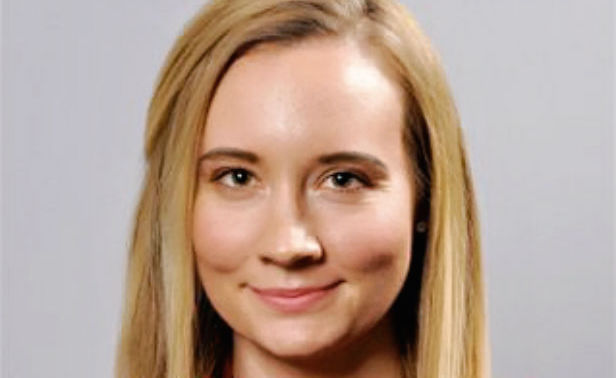Washington, DC's population has been increasing for the last 13 years and in 2018 it finally surpassed the 700,000-resident mark for the first time since 1975, JLL notes in a new research brief. It is a notable achievement for the city, bested only by Seattle in the last decade.
Regional Growth
Regionally, DC was topped by Loudoun County, which has outpaced DC's growth since 2010, with the exurb country growing at nearly double the District's rate at 30%, writes Senior Research Analyst Sara Hines. In comparison, Arlington, Alexandria and Fairfax grew by 9.5%, 10.9% and 4.2%, respectively. Across the Potomac in Suburban Maryland, Montgomery County and Prince George's County posted growth rates of 8.2% and 6.7%, respectively since 2010.
“Looking ahead, the outlook favors Northern Virginia's suburbs through 2023, with Loudoun County forecasted to top regional growth at 3.1% annually, while Prince William County comes in second at 1.5% per year,” Hines writes. “Fairfax County, however, is expected grow at a slower pace of 0.5%, which is the lowest forecasted rate in the region. Montgomery County and Prince George's County are also expected to have growth rates of less than 1% per year.”
Meanwhile In DC
In the District Mount Vernon Triangle, Logan Circle, and U Street fueled growth, with annual compounded growth rates averaging close to 10% from 2000 to 2010. “Multifamily development has boomed in those neighborhoods with 100% of multifamily units in Mount Vernon Triangle built after 2000 and 72% of multifamily units in U Street built after 2000,” according to Hines.
However, due to those areas maturing and the continued migration east, the Market District, Southwest, and Ballpark are the areas forecasted to grow highest in the District from 2018-2023 with an average annual growth rate of 10.2%, JLL research shows.
Meanwhile, the District's population is expected to continue its upward trajectory: the District's Office of Planning projects the city's population to grow an additional 20% to reach 843,098 residents by 2030. “Those growth projections were mentioned by Mayor Bowser in her swearing in ceremony on Wednesday with the Mayor even touching a political third rail, mentioning height limits,” Hines writes. “Mayor Bowser stated that the District should reconsider height limits to increase the amount of housing, particularly affordable housing, an issue that the current administration has focused on, but not completely solved in Bowser's first term.”
© Touchpoint Markets, All Rights Reserved. Request academic re-use from www.copyright.com. All other uses, submit a request to [email protected]. For more inforrmation visit Asset & Logo Licensing.









